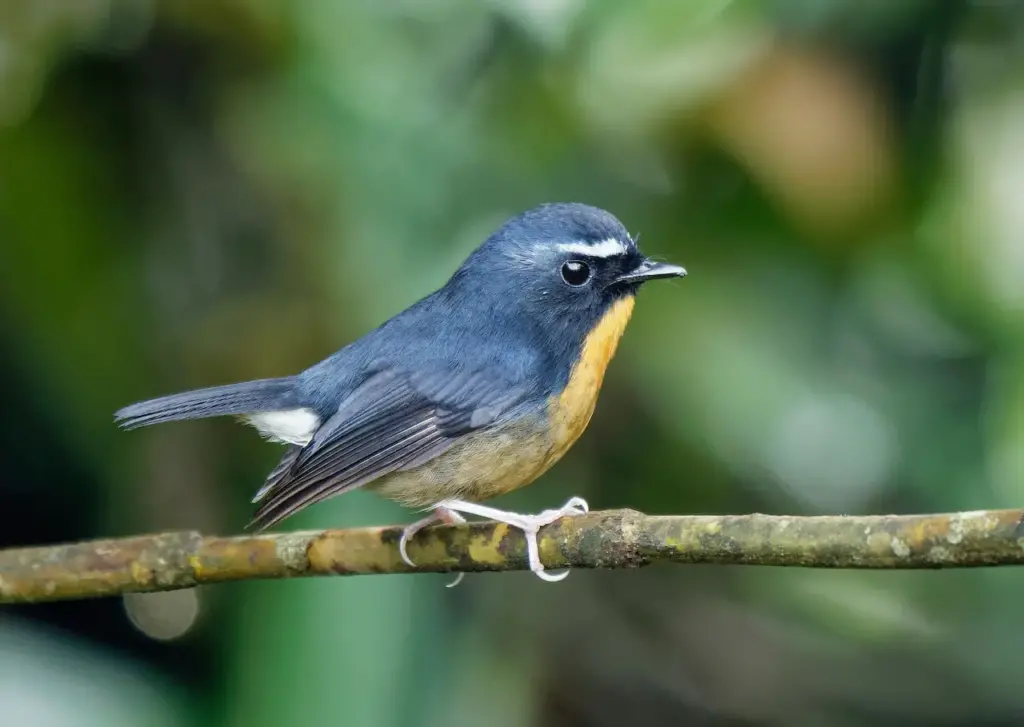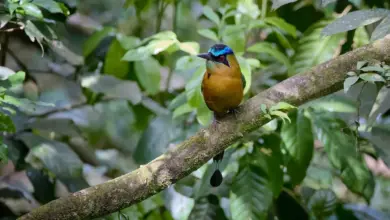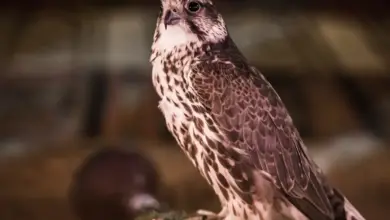The Salvin’s Flycatchers (Aphanotriccus capitalis) – also known as Tawny-chested Flycatchers – are small tyrant flycatchers found on the Caribbean slope of Central America.

Distribution / Habitat
Tawny-chested Flycatchers inhabit Caribbean lowland and foothill areas – from sea level up to an elevation of about 3,300 feet or 1000 meters.
Their natural range stretches from eastern Nicaragua south to northern Costa Rica. However, all Nicaraguan records are of historical specimens.
These small birds are typically found in dense vegetation near edges, along streams, in humid and tall secondary forests; as well as cocoa plantations and other semi-open habitats.
These birds are currently considered Vulnerable due to habitat destruction within their already limited range, which covers only about 3080 square miles or 8,000 square kilometers.
Description
Size
Average length: 4.7 inches or 12 cm
Average weight: 0.25 oz or 7 g
Plumage Details / Adults
The nape (hindneck), back and rump are olive green tinged ochre-colored.
The head is darkish grey, with an olive tinge in females. They have broken white eye-rings and lores (area between the beak and the eye). The cheeks are greyish-olive .The tail dusky olive.
The throat is white with a buff tinge to the sides. The chest is bright cinnamon-ochre. The abdomen is yellow.
The wings are dusky with two ochre-colured wing-bars and margins of secondaries.
Other Physical Details
- The upper beak is black and the lower beak is flesh-colored with black tip
- Legs are grey
Gender ID
Males and females look alike; except the male has a dark grey crown, and the female’s is olive-tinged.
Diet / Feeding
The Tawny-chested Flycatcher mostly feed on insects, such as beetles and ants. Prey is captured from branches or gleaned from the undersides of leaves. They usually forage in pairs or alone.
Breeding / Nesting
Tawny-chested Flycatchers are believed to be crevice-nesting birds. Nests have been recorded in the hollows of large bamboo stems and large trees.
Calls / Vocalizations / Sounds
Calls are described as a repeated chee chee spt’t cheew or chit it-it chee’yew.
Alternate (Global) Names
Chinese: ?????? … Danish: Flodtyran … Dutch: Salvins Tiran, Salvin-tiran … Finnish: Ruosterintasieppari … French: Moucherolle à poitrine fauve, Moucherolle de Salvin … German: Ockerbrust-Schnäppertyrann, Salvin Tyrann, Salvintyrann, Salvin-Tyrann … Italian: Pigliamosche pettofulvo … Japanese: muneakahashigurohaetori … Norwegian: Lorgnettyrann … Polish: tyranula bialogardla, tyranula bia?ogard?a … Russian: ?????????? ???????????? ?????? … Slovak: pamuchár hrdzavoprsý … Spanish: Mosquerito Pechileonado, Mosquero de Pecho Castaño, Mosquero / Mosquiterito Pechileonado … Swedish: Brunbröstad tyrann
Species Research by Sibylle Johnson
Please Note: The articles or images on this page are the sole property of the authors or photographers. Please contact them directly with respect to any copyright or licensing questions. Thank you.




